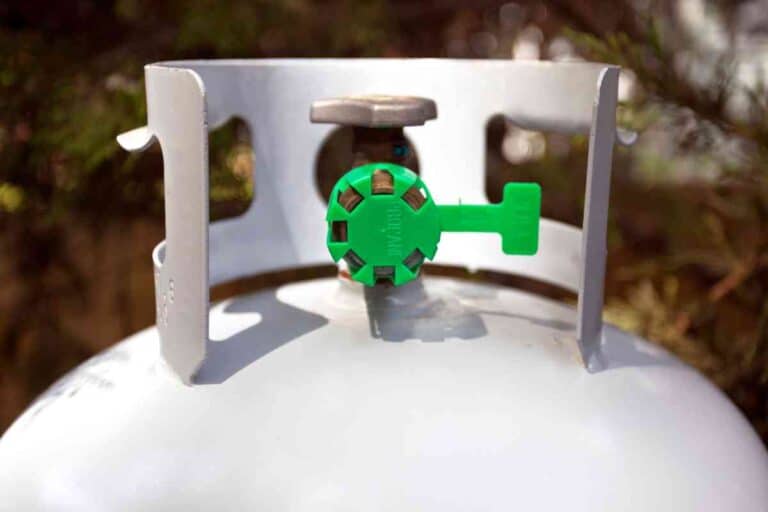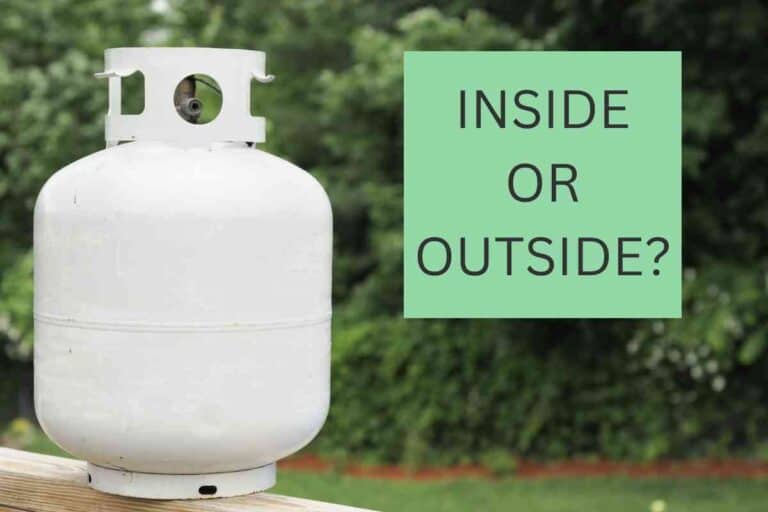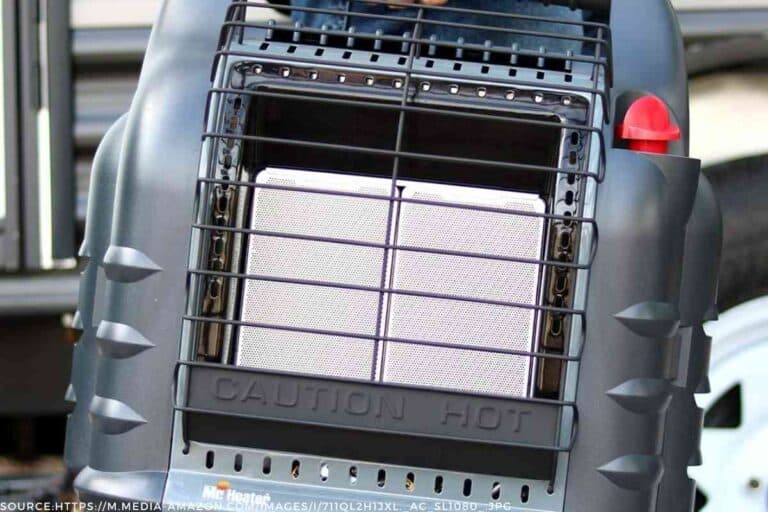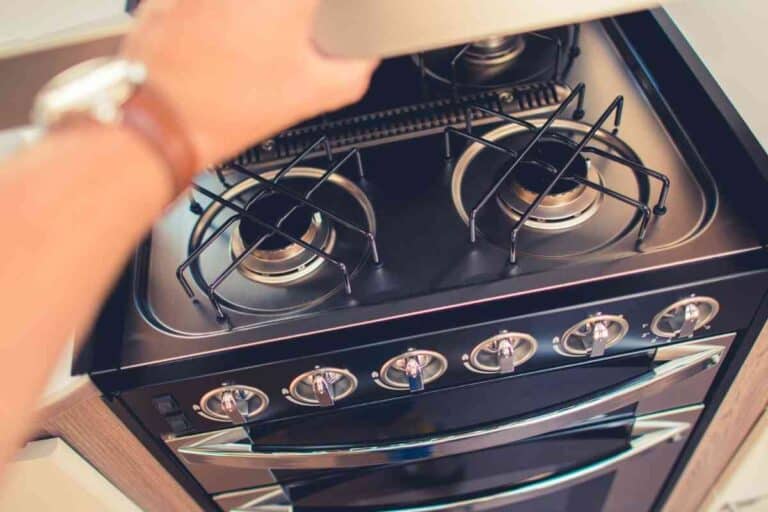Why Your Propane Tank Regulator Freezes Up
Experiencing a frozen propane regulator can be puzzling. It’s a scenario that might raise concerns, but it’s often a part of normal operation. Here’s what you need to know about the frosty phenomenon involving LP gas regulators and why it happens.
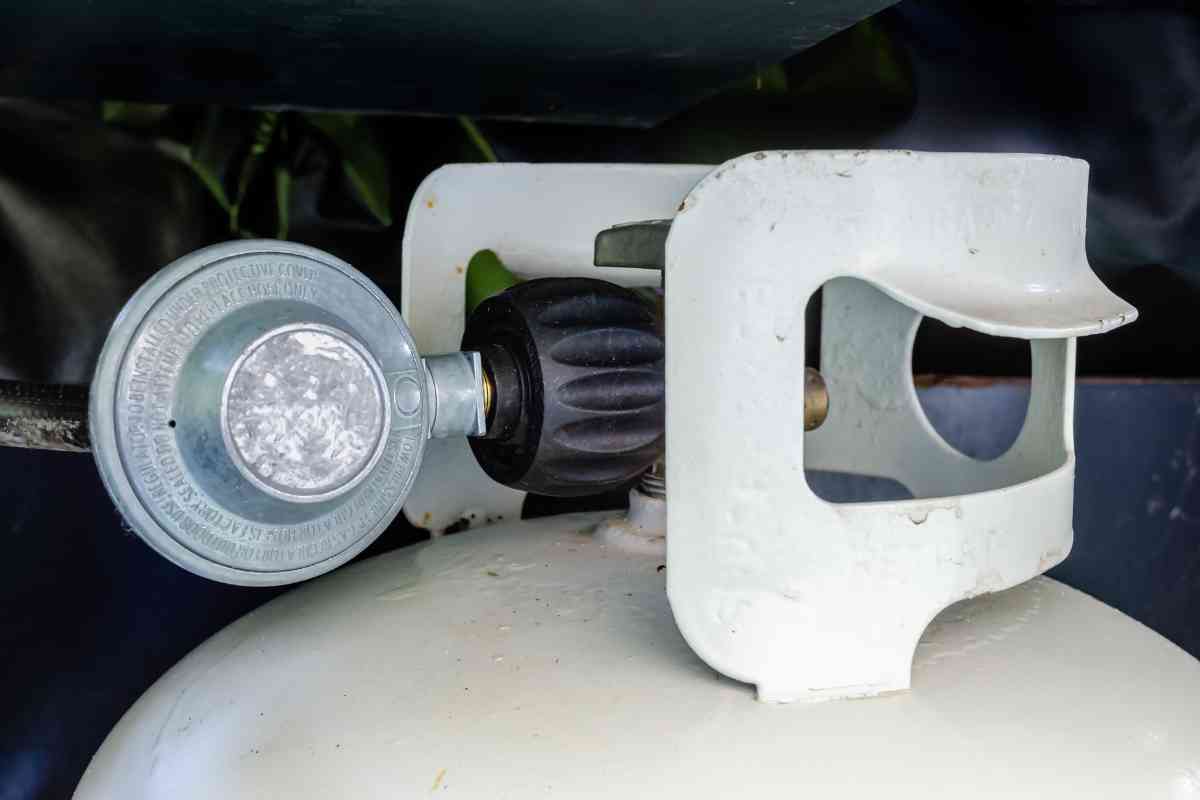
Related Post! Is It Legal To Store Propane Tanks Indoors?
Why Does My Propane Tank Regulator Keep Freezing Up?
Your propane tank regulator may be freezing due to high humidity causing condensation, or liquid propane entering the regulator, which rapidly cools and freezes upon expansion. This occurrence is common and typically doesn’t affect functionality, though significant ice buildup should be inspected for potential issues.
A chilly regulator usually results from high humidity around the tank or liquid propane making its way through the regulator, causing it to cool significantly. Seeing mild frost? Don’t worry, this is quite common during usage and doesn’t impact the regulator’s effectiveness.
The Science Behind the Freeze
Propane regulators play a crucial role in adjusting propane’s pressure to a usable level for downstream appliances, from your cozy fireplace to your efficient water heater. When propane exits the tank, it expands rapidly, cooling the vapor—and subsequently the regulator—to sub-zero temperatures.
Condensation: The External Clue
As propane vapor cools within the regulator, ambient temperature and humidity can lead to condensation on the regulator’s exterior, much like a frozen mug pulled from the freezer. This is a normal occurrence and often just a sign of the propane appliance functioning as it should.
Keeping a Constant Pressure
Despite the wide range of inlet pressures, a well-functioning regulator maintains a constant pressure to ensure the safe and efficient operation of your propane-powered equipment. The sight of frost or even ice isn’t necessarily a symptom of an actual problem—it’s more about the physical response to the extremely cold temperature of the propane vapor.
When to Be Concerned
While frost is typically harmless, persistent icing or significant build-up could indicate an issue, such as liquid propane entering the regulator, which requires attention. In such cases, consulting with your propane company is a prudent step to ensure everything is in order.
Related Post! Does Vapor Lock Happen To Propane Tanks?
Practical Tips for Dealing with Frozen Regulators
- Check the humidity: In humid climates, be aware that regulators might show more frost.
- Inspection: Regularly inspect your regulator for signs of excessive icing, which could point to regulator problems.
- Professional advice: If you’re unsure, getting an expert opinion from your gas supplier can offer peace of mind and ensure your system operates safely and efficiently.
Understanding the nuances of how your propane system works, including the role and function of the regulator, can demystify those moments when you find it covered in frost. Remember, a bit of ice might just mean your system is doing exactly what it’s supposed to do.
Related Post! How Long Do Propane Tanks Last? Answered!
When Propane Tank Regulator Freezing is a Problem
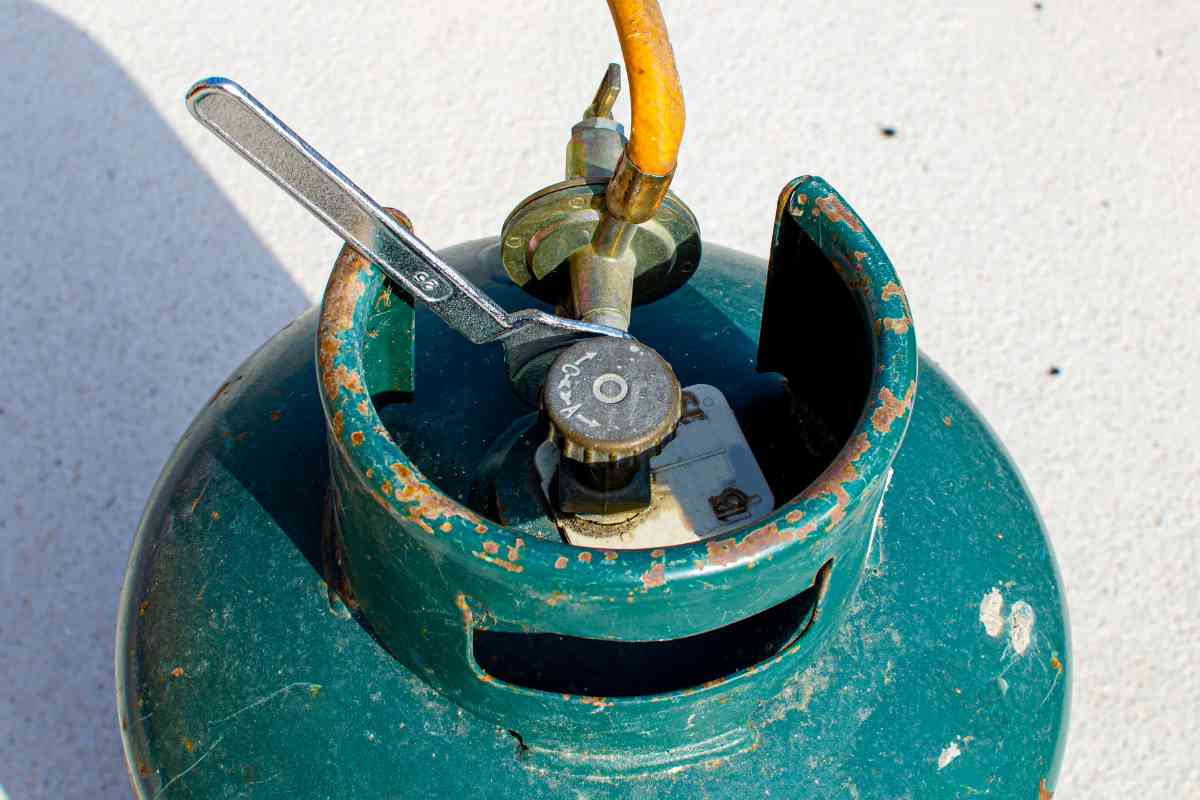
When it comes to managing your propane system, understanding the dynamics of a frozen propane tank regulator is crucial. While a frosty regulator can be part of normal use, especially in very cold climates or during long periods of heavy demand, there are certain conditions where it signals a deeper issue.
Liquid Propane Intrusion
One of the primary culprits for a freezing regulator is the unintended entry of liquid propane into the regulator, which can occur if the tank is not upright or is overfilled. This scenario forces liquid rather than vapor into the regulator, causing it to freeze due to the rapid expansion and cooling of propane.
Proper Tank Orientation
Keeping your propane tank upright is essential. This ensures the pressure relief valve—located at the tank’s top—functions correctly, releasing gas, not liquid propane, to manage internal pressure effectively. For specific needs, such as in a gas fire pit with limited space, tanks designed to lie on their sides are available, featuring strategically placed relief valves.
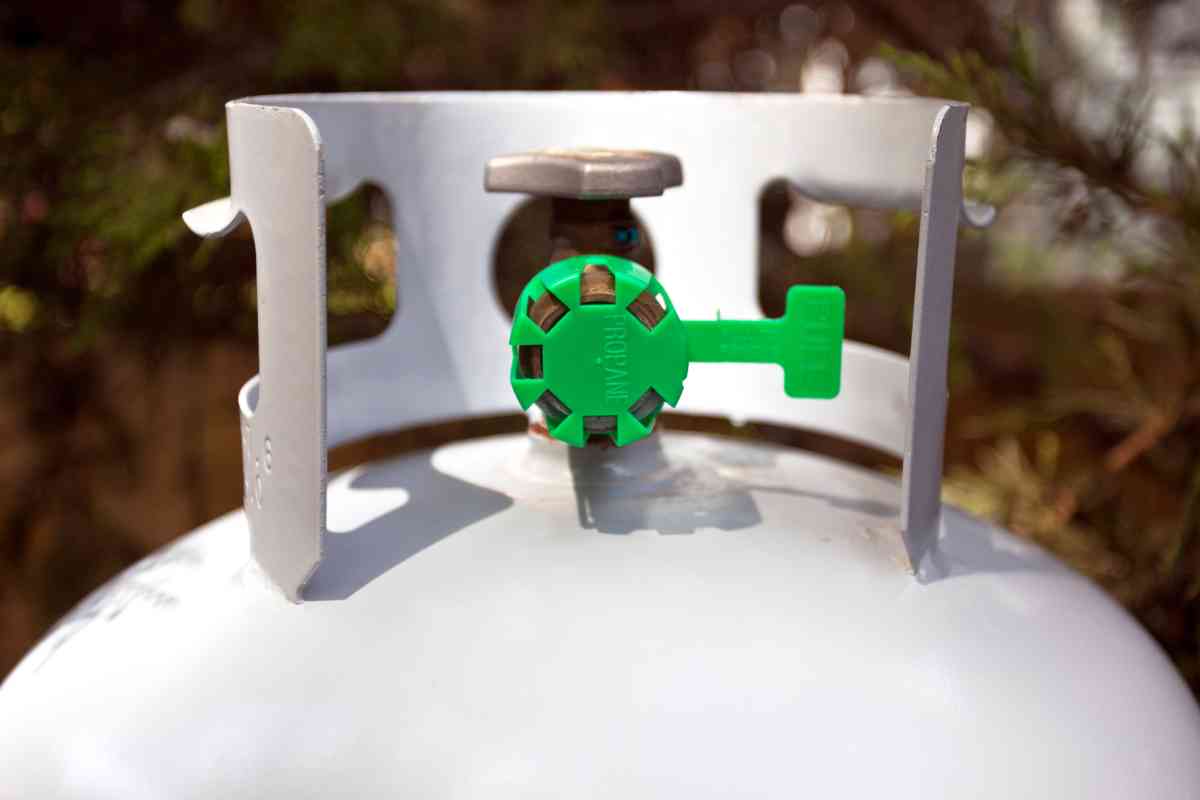
Addressing a Frozen Regulator:
- Upright Installation: Ensure the tank is installed upright to comply with standard safety protocols. If the tank and regulator are correctly positioned but frost is present, it’s likely due to outside humidity—a normal occurrence that doesn’t affect performance.
- Do Not Thaw: Contrary to some advice, attempting to thaw a regulator externally is ineffective. The cold originates from within, as liquid propane converts to vapor. Covering the regulator could actually insulate it, keeping ambient heat away and exacerbating the freezing.
- Heated Covers: In extreme cold, special heated covers may be used to maintain sufficient temperature for vaporization. This is a targeted solution for specific conditions and not a general practice for occasional frost.
Related Post! The Reason Why Propane Tanks Get Cold
Safety Measures and Considerations:
- Monitoring for Overfilling: Regularly check your tank to prevent overfilling. Modern tanks with an OPD valve help mitigate this risk by preventing liquid propane from reaching the regulator.
- Professional Inspection: If you suspect an issue beyond normal frost formation, such as continuous heavy icing or regulator malfunction, contact your propane supplier for an assessment. This ensures your system operates safely and efficiently.
- Regulator Maintenance: Regular checks and maintenance of your lp-gas regulators and system components can prevent problems related to freezing, ensuring a steady and safe supply of propane to your appliances.
Understanding these aspects of propane tank regulator management helps maintain a safe and efficient propane system. Always prioritize safety by adhering to guidelines for tank installation, usage, and when in doubt, seek professional advice.
FAQ: Understanding Your Propane Tank Regulator and System
What causes a propane regulator to freeze, and how does humidity affect it?
Humidity of the surrounding air can cause condensation on the external surface of a regulator, which freezes in lower temperatures. This is a normal occurrence during the normal operation of propane regulators and usually doesn’t signal a problem unless accompanied by other issues.
How does the propane in the tank turn into gas?
Propane stored as a liquid at the bottom of the tank begins to boil when it absorbs heat from the environment. This boiling process turns it into a gas, which collects at the top of the liquid in the vapor space of the container, ready for use.
What’s the purpose of a first-stage regulator in an LP gas system?
A first-stage regulator reduces high tank pressures from the tank to an intermediate pressure. It’s an essential part of the stages of regulation, preparing the gas for further pressure adjustment by the second stage regulator before it reaches your appliances.
Can frost on the regulator affect my propane delivery pressure?
Mild frost on the regulator, caused by normal operation under occasional lower temperatures or high humidity, typically doesn’t affect the delivery pressure to your appliances. However, significant ice build-up could indicate a restriction or blockage, needing inspection.
Is there a risk of freezing in moderate climates, and how can it be mitigated?
Even in moderate climates, unexpected drops in temperature can cause regulators to freeze. Using an insulating blanket or ensuring the tank and regulator are shielded from direct exposure to cold winds can help mitigate this risk.
What should I do if my propane system’s pipes freeze?
Frozen pipes can indicate a blockage or insufficient gas flow, potentially from a frozen regulator. It’s vital to contact your gas service provider for a thorough inspection and safe resolution of the issue.
How often should the propane tank and its components undergo hydrostatic testing?
Hydrostatic testing is crucial for ensuring the integrity and safety of your propane tank and should be performed according to the manufacturer’s guidelines or regulatory requirements, typically every 5 to 10 years.
Are there specific types of regulators for new tanks or for use in very cold climates?
Yes, new tanks and those used in very cold climates may require specific regulators designed to handle high tank pressures and prevent freezing. Second stage regulators and methanol-injected systems can offer improved performance under these conditions.
Can I store my propane tank in the garage during winter to avoid freezing?
Storing propane tanks in a garage is not recommended due to safety risks, including the risk of freezing. Proper outdoor storage with adequate protection from extreme cold is essential.



